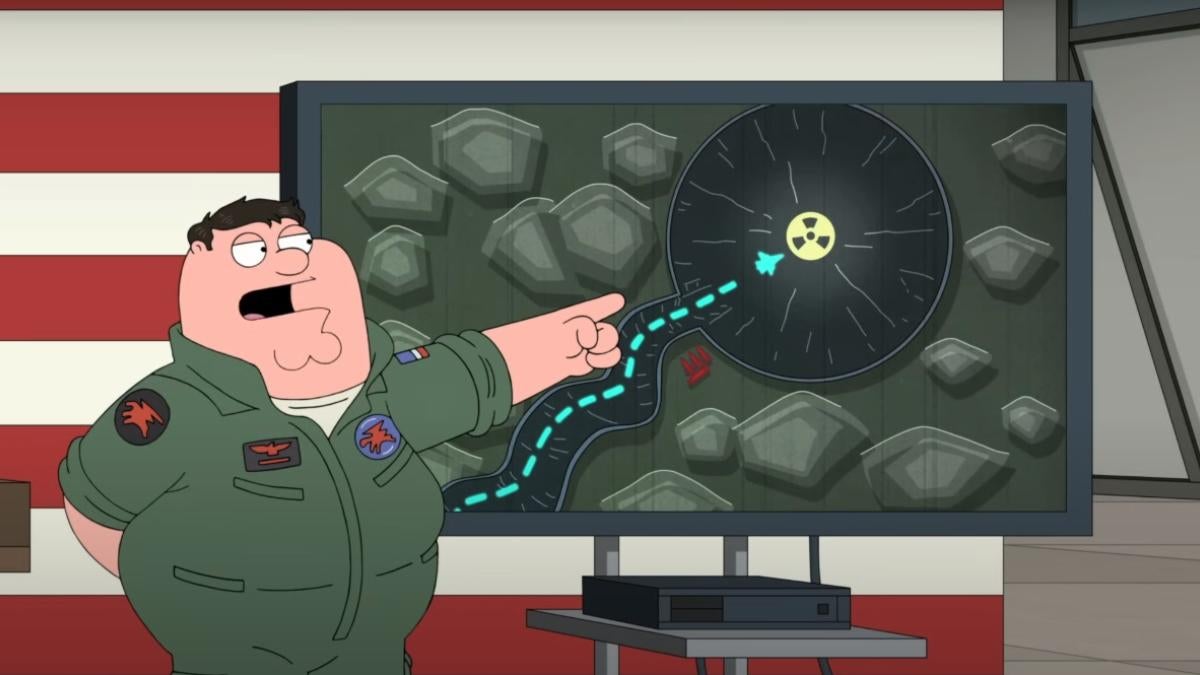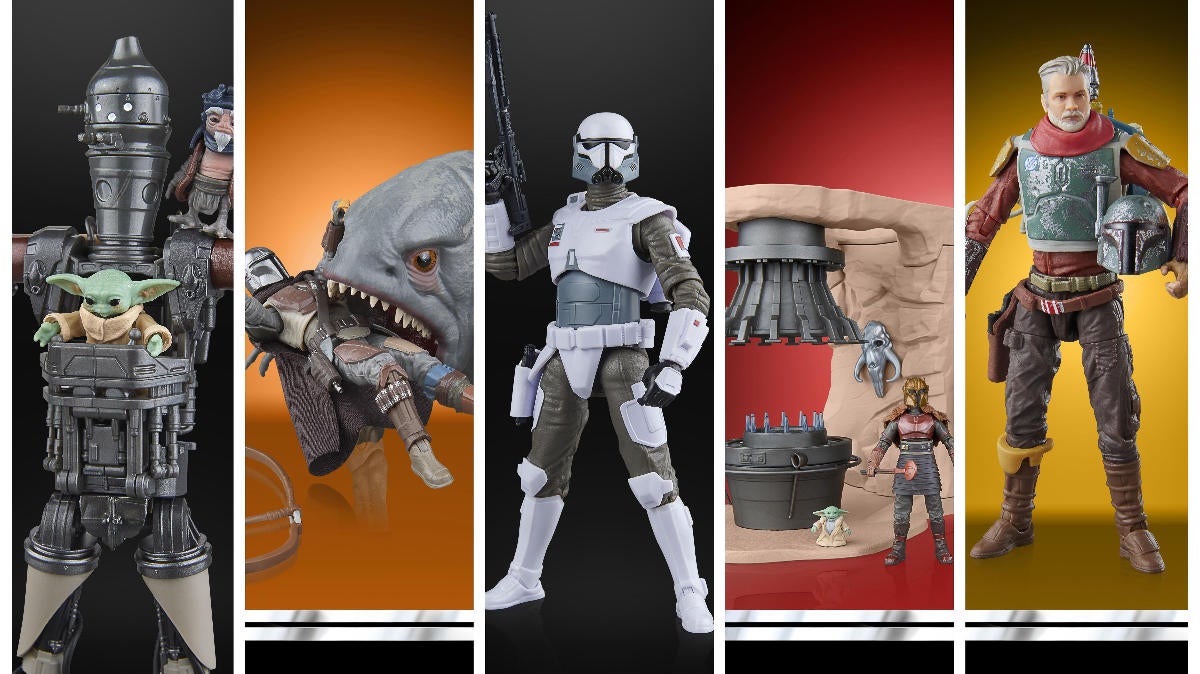How Fear the Walking Dead Went From Its Worst-Scored Season to Its Best Yet
Why is Fear the Walking Dead so good this season? Change. When Season 5 of the Walking Dead [...]
Why is Fear the Walking Dead so good this season? Change. When Season 5 of the Walking Dead spin-off floundered with the franchise's first "rotten" score on Rotten Tomatoes in 2019, fans flooded Twitter accusing showrunners Andrew Chambliss and Ian Goldberg of making the show "unwatchable." In Season 6, Fear is anything but: after taking an anthological approach with its cast of zombie apocalypse survivors who spent much of the season divvied up and flung to different corners of the walker-plagued wild west, the series is enjoying its most acclaimed stretch yet with a season we called "the best Fear in years."
"I give it up to Andrew and Ian, our showrunners, and our writers. They wanted to tell stories in a different way," Fear directing-producer Michael E. Satrazemis said on the Talk Dead to Me podcast when asked about the shift between the fifth and sixth seasons. "We try every season to reinvent the show and keep it fresh. Not 100% reinvention, but that's what you want to do to keep the stories strong, to keep the characters strong, to keep the characters moving along in an arc."
The season made dramatic changes to such characters as Morgan Jones (Lennie James) and evolved series originals like Alicia Clark (Alycia Debnam-Carey), using the show's most consequential death since Madison Clark (Kim Dickens) to take characters like June Dorie (Jenna Elfman) — and the season as a whole — into a different and even darker direction.
"They came up with the idea ... in that last episode [of Season 5], you're splitting everybody up. I think right there it marked a giant change," Satrazemis said of last season's finale, "End of the Line," which ended with villain Virginia (Colby Minifie) splintering the group of survivors before shooting Morgan point-blank and leaving him for dead. "It marked a change in the way we're gonna tell the stories. It brought in the anthology because you're gonna have to go to separate places to tell everybody's [stories] and then we wanted to bring in another way of telling stories."
The anthological approach also meant doing away with the drab look of Season 5 and opening up with more movement and colors, taking on a more cinematic quality and telling stories set across different locations.
"We just kind of really opened up the book," the Walking Dead and Fear veteran director said of stylistic changes in Season 6. "One episode might be an action piece racing through a building with the rats ['Alaska'], and another one might be kind of a sit-down solo person breaking down like the Dorie episode having to slowly kind of sell his soul out and realizing that he's going to allow something to happen ['The Key']. The styles could change and everything, so we went for all of it."
Responding to fan backlash at the close of Season 5 in 2019, the showrunners told Insider: "The show is changing and that's always been a part of the plan. You know, it changes every season and every half-season and we're very excited about the direction it's going and a lot of the tough challenges that our characters ahead are going to be facing."
Fear executive producer Scott Gimple, who oversees the expansive Walking Dead Universe as its chief content officer, also addressed the season's poor reception when he told EW viewers would eventually "see the relationship between those two seasons."
Fans revisiting Fear Season 5 after Season 6 might have a better appreciation of what was planned as the first part of a two-part story, Gimple said at the time, comparing its reception to the now-classic Season 2 of The Walking Dead.
Follow the author @CameronBonomolo on Twitter for all things TWD. Fear next airs its penultimate episode of Season 6, "USS Pennsylvania," on Sunday, June 6, on AMC.




